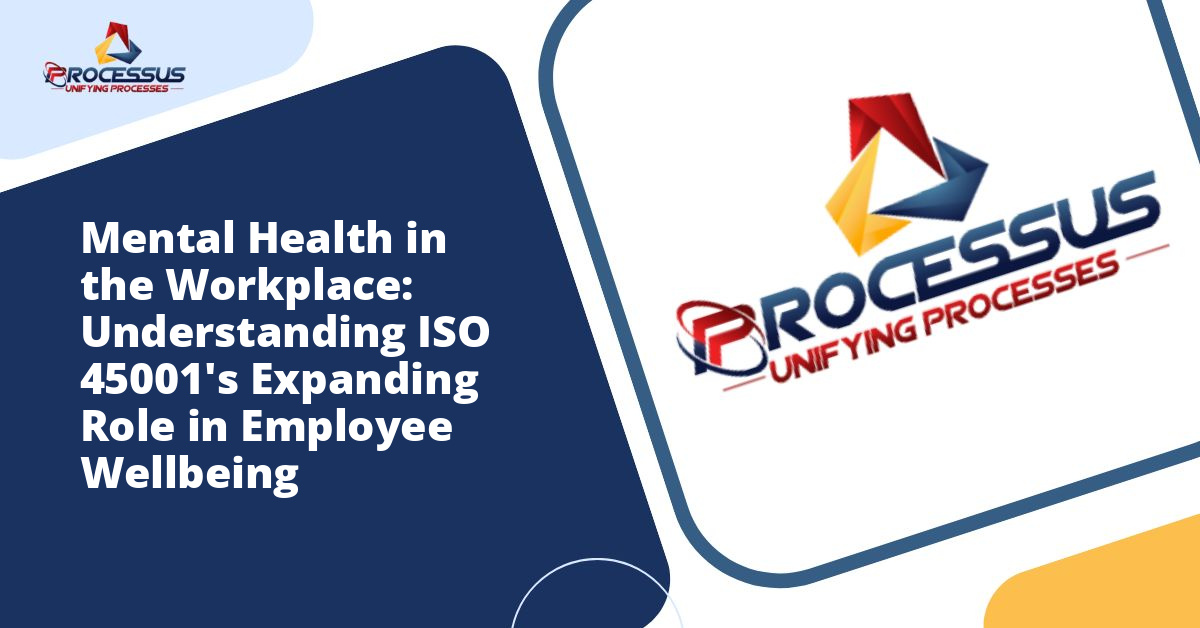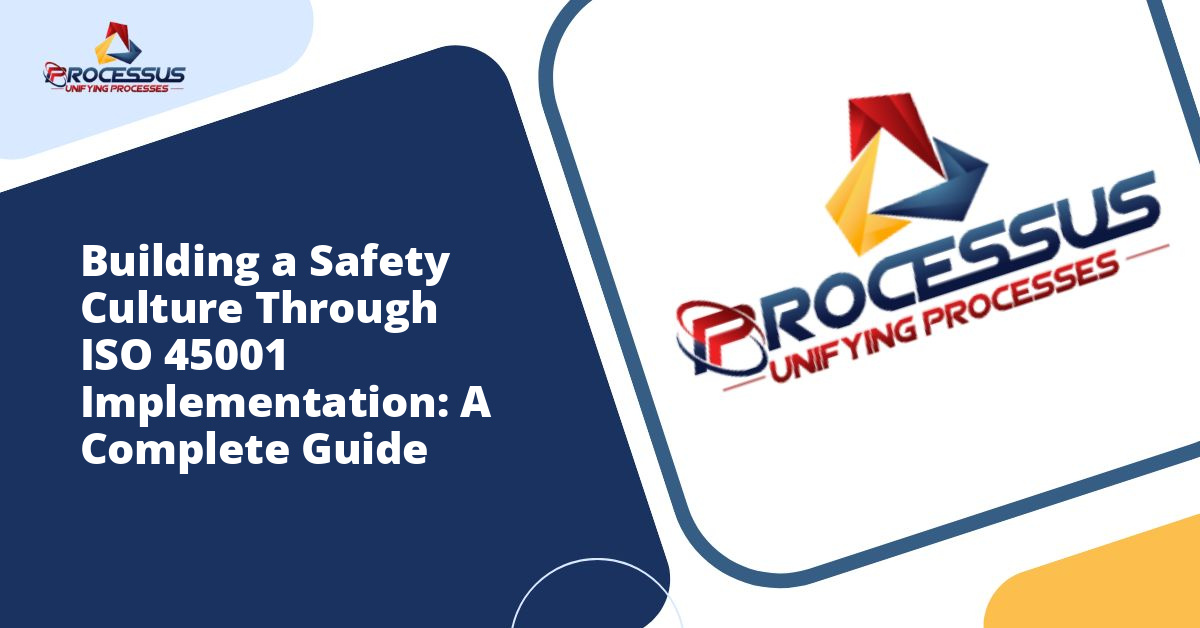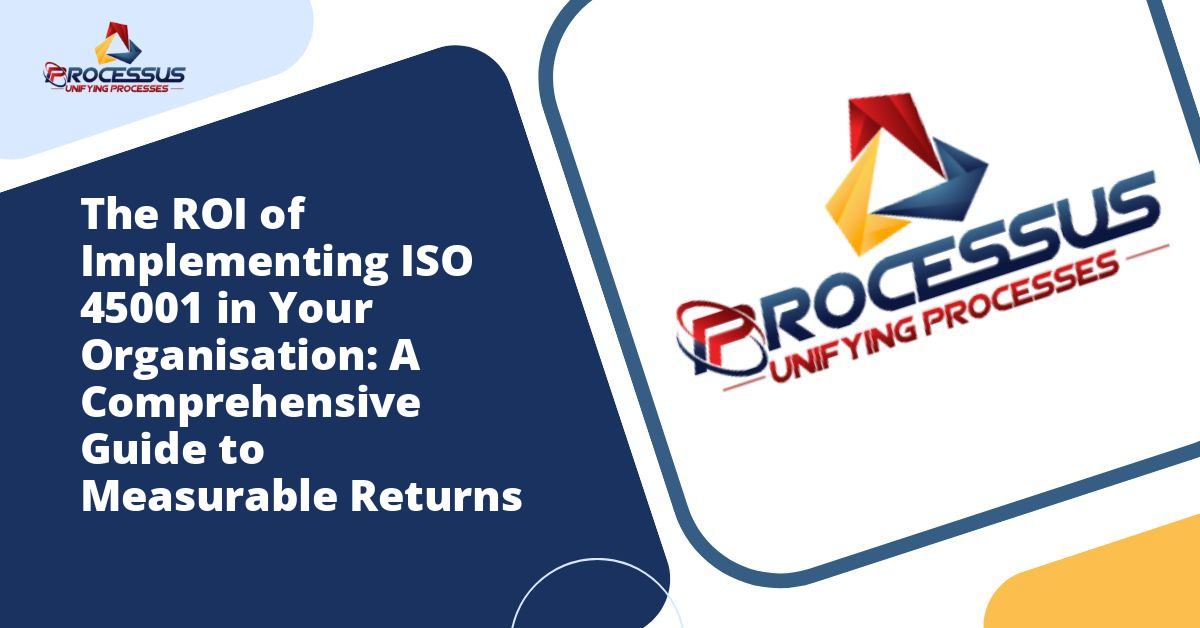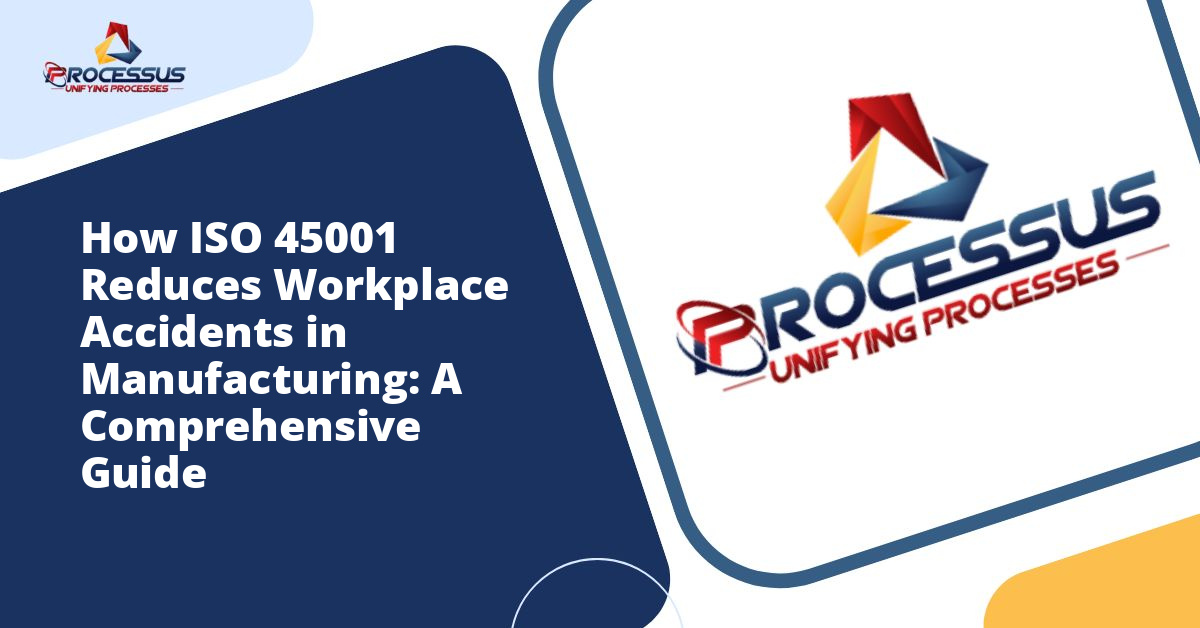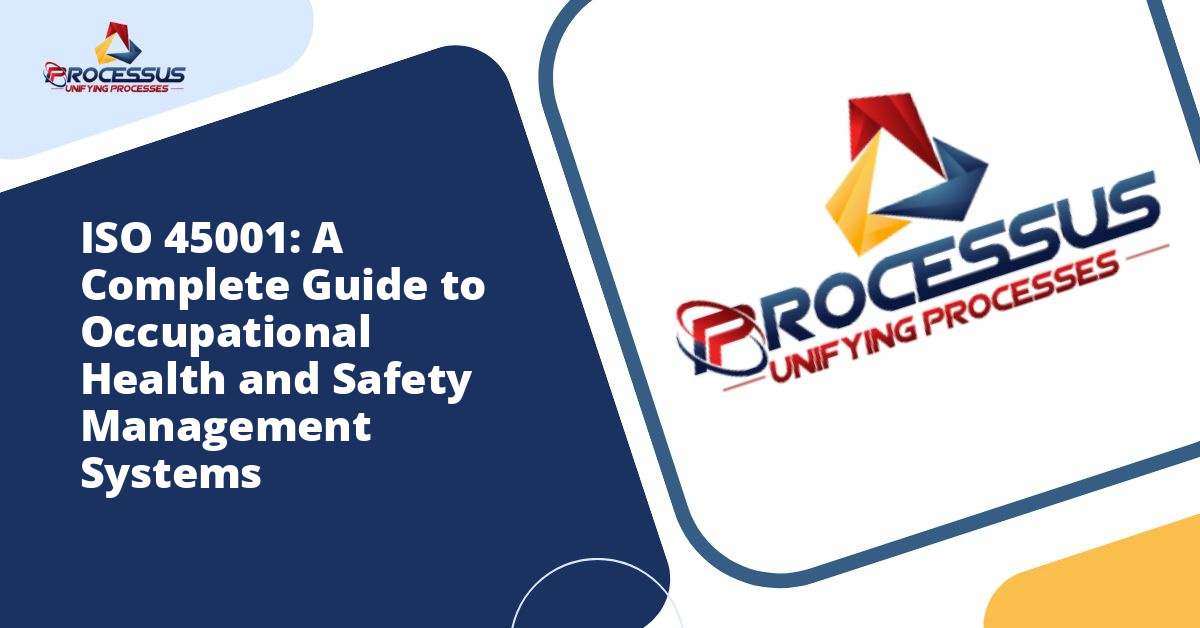The transition from OHSAS 18001 to ISO 45001 represents one of the most significant shifts in occupational health and safety management in recent decades. Organizations worldwide have had to adapt their safety management systems to comply with this new international standard, and understanding these changes is essential for maintaining workplace safety excellence.
This comprehensive guide explores the key differences between these two standards, examines why the transition occurred, and explains what these changes mean for organizations committed to protecting their workforce. You might also enjoy reading about How ISO 45001 Reduces Workplace Accidents in Manufacturing: A Comprehensive Guide.
Understanding the Background of Both Standards
Before diving into the differences, it helps to understand where each standard came from and the context in which they were developed. You might also enjoy reading about Understanding ISO Standards: A Complete Guide to International Quality Management Systems.
The Origins of OHSAS 18001
OHSAS 18001 emerged in 1999 as a British Standard developed by a group of leading trade bodies, international standards organizations, and certification bodies. The standard was created to fill a gap in workplace safety management systems, providing organizations with a framework to identify, control, and minimize risks related to occupational health and safety. You might also enjoy reading about The ROI of Implementing ISO 45001 in Your Organisation: A Comprehensive Guide to Measurable Returns.
For nearly two decades, OHSAS 18001 served as the primary reference point for organizations seeking to implement structured approaches to workplace safety. It gained widespread acceptance across industries and countries, becoming the de facto international standard despite not being officially published by the International Organization for Standardization.
The Development of ISO 45001
ISO 45001 was published in March 2018 after years of development involving experts from over 70 countries. This marked the first time the International Organization for Standardization released a dedicated standard for occupational health and safety management systems.
The development process incorporated input from various stakeholders, including businesses, workers’ representatives, governments, and safety professionals. This collaborative approach ensured the standard would be comprehensive, practical, and applicable across different industries and regulatory environments.
The Core Philosophical Shift
One of the most profound changes between OHSAS 18001 and ISO 45001 lies not in specific requirements but in the underlying philosophy of how organizations should approach workplace safety.
From Risk Control to Risk Leadership
OHSAS 18001 focused primarily on controlling hazards and managing risks once they were identified. The standard emphasized reactive and proactive measures to prevent incidents and injuries.
ISO 45001 takes this further by emphasizing leadership and worker participation at every level. The new standard requires top management to take greater accountability for the safety management system, integrating safety into strategic business decisions rather than treating it as a separate operational concern.
Context of the Organization
ISO 45001 introduces the concept of understanding the organization’s context, both internal and external. This means companies must now consider factors such as:
- The needs and expectations of workers and other interested parties
- External issues that could affect the safety management system
- Internal factors such as culture, knowledge, and organizational structure
- The relationship between the organization and its contractors, suppliers, and local communities
This contextual approach was not explicitly required in OHSAS 18001, representing a more holistic view of safety management.
Structural Differences Between the Standards
High Level Structure Alignment
Perhaps the most significant structural change is that ISO 45001 follows the High Level Structure, a framework used by all new ISO management system standards. This structure ensures consistency across different ISO standards, making it easier for organizations to integrate multiple management systems.
The High Level Structure includes ten clauses with identical titles, text, and terms across all ISO management system standards. This alignment means organizations can more easily integrate ISO 45001 with other standards such as ISO 9001 (Quality Management) and ISO 14001 (Environmental Management).
OHSAS 18001 did not follow this structure, making integration with other standards more challenging and often requiring duplicate documentation and processes.
Expanded Scope and Application
ISO 45001 broadened its scope to include the organization’s context and interested parties’ expectations. The standard applies not only to the organization itself but also to activities managed or influenced by the organization, including contractors and suppliers.
This expanded scope means organizations must take a more comprehensive view of their safety responsibilities, considering the entire value chain rather than just internal operations.
Key Changes in Requirements
Leadership and Worker Participation
ISO 45001 places unprecedented emphasis on leadership commitment and worker participation. Top management must now demonstrate visible leadership and commitment to the occupational health and safety management system by:
- Taking overall responsibility and accountability for preventing work-related injuries and ill health
- Ensuring the integration of safety requirements into business processes
- Directing and supporting persons who contribute to the effectiveness of the system
- Promoting continual improvement
- Supporting other relevant management roles to demonstrate their leadership
The standard also requires organizations to establish processes for worker consultation and participation at all levels. This includes involving workers in hazard identification, risk assessment, incident investigation, and the development of safety policies and objectives.
OHSAS 18001 addressed consultation, but ISO 45001 makes worker participation a fundamental requirement woven throughout the standard.
Risk and Opportunity Management
While both standards address risk, ISO 45001 introduces the concept of managing opportunities alongside risks. Organizations must identify not only threats to worker safety but also opportunities to improve the management system and safety performance.
This forward-looking approach encourages organizations to be proactive in seeking improvements rather than simply maintaining the status quo or reacting to incidents.
Documented Information
ISO 45001 uses the term “documented information” instead of “documents” and “records” used in OHSAS 18001. While this might seem like a minor linguistic change, it reflects a more flexible approach to documentation.
Organizations have greater freedom to determine what format their documented information takes, whether paper-based, electronic, or other media. The focus shifts from having specific documents to ensuring information is appropriately documented, maintained, and controlled.
Outsourcing and Procurement
ISO 45001 provides more detailed requirements regarding outsourcing, procurement, and contractors. Organizations must ensure that procurement processes address safety considerations and that contractors comply with the organization’s safety management system requirements.
This change reflects modern business realities where organizations increasingly rely on external parties for various functions, and safety responsibility cannot be simply transferred to these external entities.
Changes in Terminology
The transition brought several important terminology changes that reflect the evolution in thinking about workplace safety:
- Interested Parties: ISO 45001 uses “interested parties” instead of “stakeholders,” emphasizing a broader range of people and organizations that can affect or be affected by the safety management system.
- Worker: The new standard uses “worker” instead of “employee,” recognizing that many people working for or on behalf of an organization may not be direct employees.
- Documented Information: As mentioned, this replaces “documents” and “records,” providing more flexibility in how information is maintained.
- Organization: ISO 45001 consistently uses “organization” rather than mixing “company,” “business,” or other terms.
These terminology changes are not merely cosmetic. They reflect a more inclusive and comprehensive approach to safety management that recognizes diverse work arrangements and stakeholder relationships.
Why These Changes Matter for Your Organization
Enhanced Business Integration
The alignment with other ISO management system standards means safety is no longer a siloed function. Organizations can integrate their safety management system with quality, environmental, and other management systems, creating efficiencies and ensuring safety considerations are embedded in all business decisions.
This integration can lead to reduced duplication, streamlined audits, and a more cohesive approach to organizational risk management.
Improved Safety Culture
The emphasis on leadership and worker participation in ISO 45001 fosters a stronger safety culture. When leaders are visibly committed and workers actively participate in safety decisions, organizations typically see improved safety outcomes, higher employee morale, and better overall performance.
Research consistently shows that organizations with strong safety cultures experience fewer incidents, lower insurance costs, and improved productivity.
Better Risk Management
The expanded approach to risk and opportunity management helps organizations move beyond compliance to strategic safety management. By identifying opportunities for improvement and taking a proactive stance, organizations can prevent incidents before they occur and continuously enhance their safety performance.
Supply Chain Responsibility
The enhanced requirements for managing contractors and suppliers mean organizations take greater responsibility for safety throughout their value chain. This reduces legal risks, protects the organization’s reputation, and ensures consistent safety standards across all operations.
Global Recognition
As an official ISO standard, ISO 45001 carries greater international recognition than OHSAS 18001. For organizations operating globally or seeking to expand into new markets, certification to ISO 45001 demonstrates commitment to internationally recognized best practices in workplace safety.
The Transition Process
Timeline and Migration
Organizations certified to OHSAS 18001 had a three-year transition period to migrate to ISO 45001, ending in March 2021. Any OHSAS 18001 certificates issued after this date are no longer valid.
While the transition period has ended, organizations new to safety management systems or those that missed the deadline can still implement ISO 45001 from scratch or update their systems accordingly.
Implementation Challenges
Transitioning to ISO 45001 presented several challenges for organizations:
- Understanding and implementing the requirement for greater top management involvement
- Establishing effective worker consultation and participation processes
- Conducting comprehensive context analysis
- Revising documentation to reflect new terminology and requirements
- Extending safety management to cover contractors and suppliers more comprehensively
- Training personnel on new requirements and approaches
Organizations that approached the transition strategically, viewing it as an opportunity to improve rather than simply a compliance exercise, generally found the process more rewarding and achieved better outcomes.
Practical Steps for Alignment
For organizations still working to fully align with ISO 45001 or those considering implementation, several practical steps can facilitate success:
Conduct a Gap Analysis
Begin by thoroughly comparing your current safety management system against ISO 45001 requirements. Identify areas where your system already meets the standard and areas requiring development or enhancement.
Engage Leadership
Secure visible commitment from top management. This might involve presentations to executive teams, board-level discussions about safety strategy, or establishing new governance structures that give safety appropriate prominence in organizational decision-making.
Establish Worker Participation Mechanisms
Create formal channels for worker consultation and participation. This could include safety committees, regular safety meetings, suggestion systems, or digital platforms that enable workers to contribute to safety improvements.
Review and Update Documentation
Revise your documented information to reflect ISO 45001 terminology and requirements. Ensure documentation clearly addresses context, interested parties, risks and opportunities, and other new elements.
Extend Coverage to Supply Chain
Review your relationships with contractors and suppliers. Establish clear safety requirements in contracts, implement verification processes, and create systems for monitoring their safety performance.
Train Your Team
Provide comprehensive training on ISO 45001 requirements, emphasizing not just what has changed but why these changes matter. Help employees at all levels understand their role in the safety management system.
The Future of Workplace Safety Standards
ISO 45001 represents the current state of the art in safety management, but the field continues to evolve. Future revisions will likely address emerging challenges such as:
- Psychological health and wellbeing in addition to physical safety
- Remote work and distributed workforce safety management
- Technology integration, including artificial intelligence and predictive analytics
- Climate change impacts on workplace safety
- Pandemic preparedness and response
Organizations that embrace ISO 45001 not just as a compliance requirement but as a framework for continuous improvement will be better positioned to adapt to these future developments.
Conclusion
The transition from OHSAS 18001 to ISO 45001 represents more than a simple update to workplace safety standards. It reflects a fundamental shift in how organizations approach occupational health and safety, emphasizing leadership, worker participation, business integration, and continuous improvement.
While implementing ISO 45001 requires investment of time and resources, the benefits extend far beyond compliance. Organizations that fully embrace the standard typically see improved safety outcomes, enhanced organizational culture, better business performance, and reduced costs associated with workplace incidents.
For organizations committed to protecting their most valuable asset, their people, ISO 45001 provides a robust framework that aligns safety with strategic objectives and creates sustainable systems for managing workplace risks.
The changes may have seemed challenging during the transition period, but they position organizations to meet the evolving demands of modern workplaces and demonstrate genuine commitment to worker wellbeing. Understanding what changed and why it matters is the first step toward leveraging these improvements to create safer, more effective organizations.


